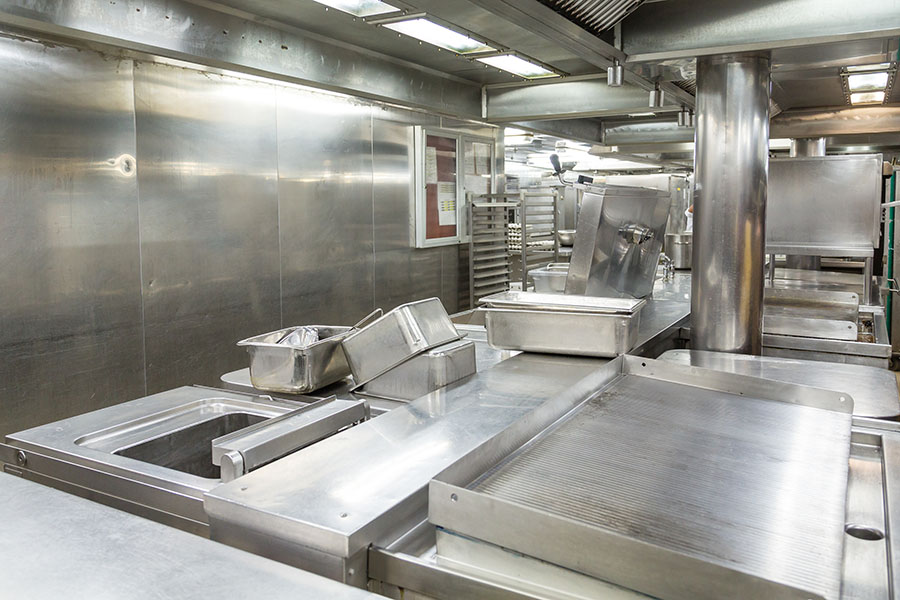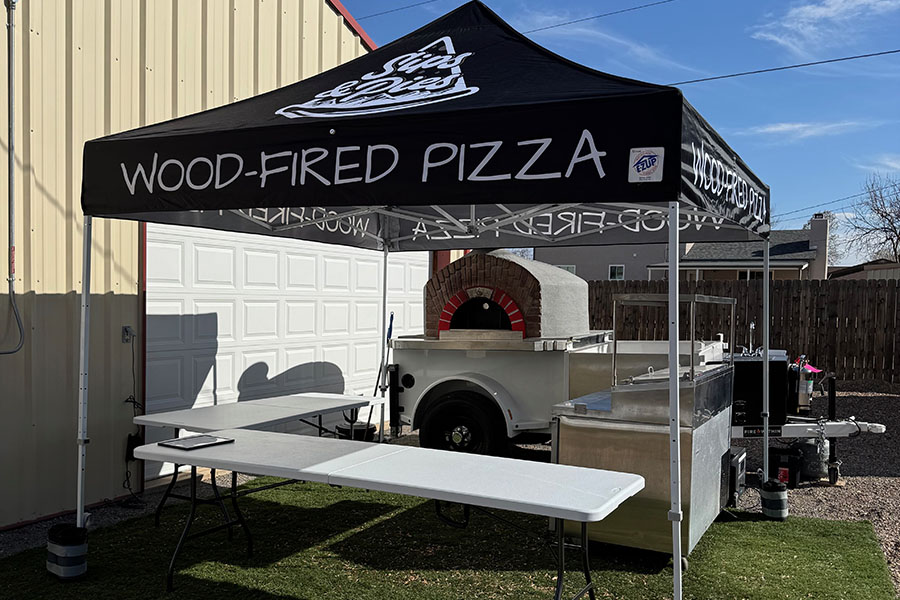
When it comes to scheduling, it must seem as if the skills of a magician are called for, especially when it comes to waitstaff. In this case, there are numerous things to consider: how many tables to assign to servers; the number of people needed on the floor at a given time; how to keep employees busy when they’re not serving and ensuring fairness so as to avoid complaints of favoritism, just to name a few.
Doing it well is a “thought-provoking exercise,” says Dennis Lombardi, executive vice president of foodservice strategies for WD Partners, a Columbus, Ohio-based integrated design, operations and development firm.
“It’s a balance between what the restaurant needs against the availability and requirements of the employees’ needs,” he explains. “For example, you can’t ask an employee to come in for just two hours, but that may be all you need. So the question becomes, how do you keep that employee busy for six hours?”
Efficient scheduling is crucial to the bottom line, Lombardi adds. “Labor is generally the most expensive cost to a restaurant, so there’s an awful lot of profit that can be made or lost depending on the scheduling.”
That’s not all. Poor scheduling creates a host of other concerns. Understaffing can result in fatigue, increased accidents, order accuracy problems and diminished customer experience, Lombardi says. Overstaffing not only undermines profitability, but it can cause higher turnover as servers leave because they can’t get enough tables. It is also the case if servers feel they’re always ending up with the least desirable tables or hours (and the complaining they’ll do before leaving won’t exactly enhance staff morale).
As challenging as scheduling is, getting a handle on it and keeping staff humming along harmoniously is entirely possible but first, accept the reality that scheduling, like life, is rarely fair, says Tom Bianco, CEO of Atlantic Consulting, Inc., an Atlanta-based restaurant operations and marketing firm.
“If you’re an operator that has great servers and weak servers, the better ones will get the better shifts and sections; that’s only fair to the business,” he says.
Suzette Megyeri, owner of Bambino’s Italian Eatery in Colorado Springs, says her schedule is based on ability and seniority. Megyeri, whose dining room seats 200, has
30 employees.
Most of her servers, who handle seven to eight tables apiece at peak (a load made possible by bussers) “own” their schedules, says Megyeri, who relies on a scheduling manager. The work schedule doesn’t change much, especially since turnover is quite low.
Megyeri references her “holiday guide,” a historical compilation of every single event and holiday and the associated traffic, to determine staffing requirements. If unexpectedly caught short, “waiters in waiting” (bussers that can also serve) pitch in. Thus over or understaffing situations are rare.
Claire DiLullo, owner of Joseph’s Pizza in Philadelphia, uses historical data and cross-trains staff to step in when needed as well. DiLullo has 30 employees; her dining room seats 80. On Friday nights —“definitely pizza nights,” she says — there are four servers, two runners and two hostesses on the shift. Each server handles about five tables; hostesses seat and clear tables.
DiLullo’s turnover is also low. Consequently, the schedule “runs itself” and is determined by the crew. Managers become involved only if there’s a conflict, which seldom occurs.
One issue Megyeri says they’ve faced is when servers clamor to leave early because of dwindling customer traffic. To prevent this, the scheduler notes what time waitstaff can leave for the day.
“And they can’t leave earlier than this,” she says. “There are certain nights we make them stay on the floor (giving them other tasks to do) even if it looks slow, because we’ve gotten caught short before with a late-night rush.”
Megyeri believes in the early identification of potential schedule disruptors by recording in an “expectations log” those employees who exceed expectations and those who fall short, such as calling in sick even if they do cover their shifts as required. This, she explains, alerts her to an employee who might be becoming a problem and provides a better record than memory.
Other sanity-saving scheduling strategies include:
Historical data is useful, but if the schedule is the same week after week you run the danger of overlooking what is unique about the current week, cautions Lombardi. Actively manage the schedule, responding to real-time variability.
Server abilities being equal, you can make it standard practice to rotate waitstaff so everyone gets a busy and a slow night if this has become an issue, says Bianco. Use platforms like e-mail, Facebook, Twitter or your Intranet to facilitate communication between employees, suggests Lombardi. This makes it easier and faster for staff to cover their shifts, to have this approved and to make everyone aware of the change.
Realize that reducing scheduling issues/complaints starts at hiring and continues on through training, says Bianco.
“When I was an executive chef and manager I was told to first hire nice people, that you could teach them to do everything else,” he says. “Nice people get along with one another so scheduling doesn’t become an issue.”
Pamela Mills-Senn is a freelancer specializing in writing on topics of interest to all manner of businesses. She is based in Long Beach, California.






